Home>Home Appliances>Laundry Appliances>How Do I Deep Clean My Washing Machine?
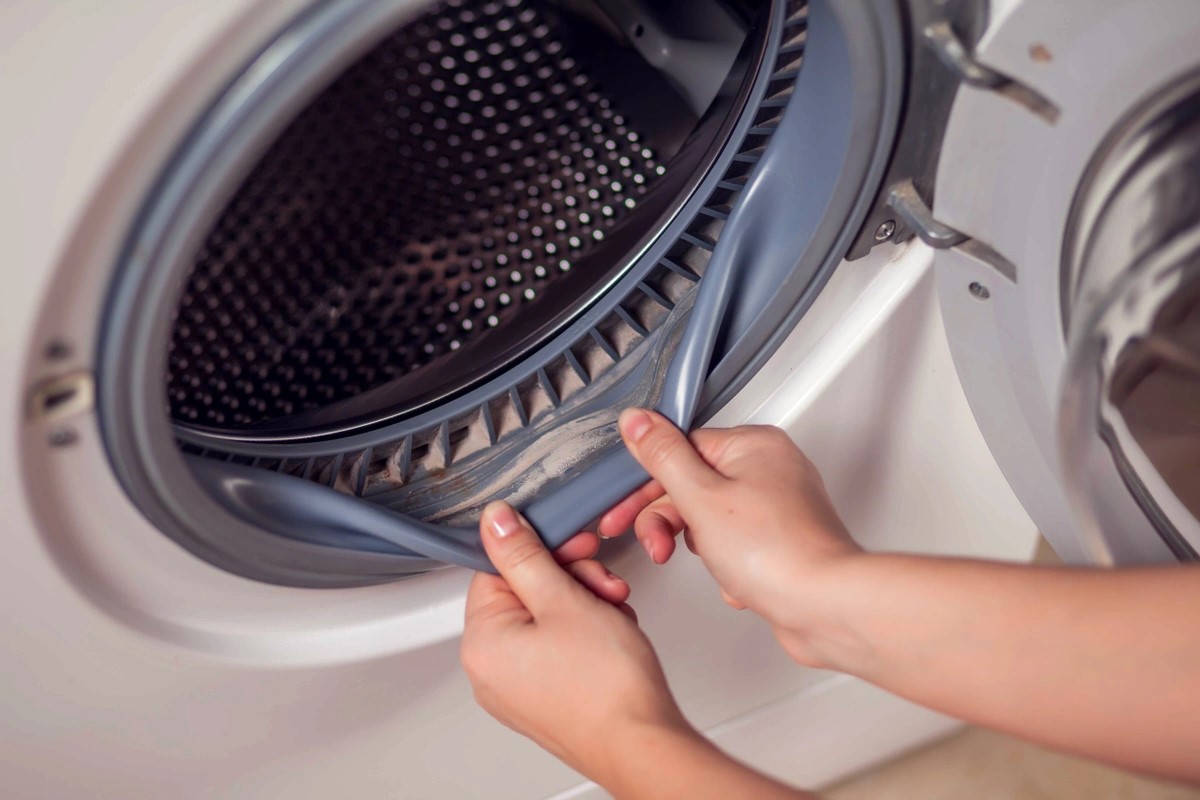

Laundry Appliances
How Do I Deep Clean My Washing Machine?
Modified: March 25, 2024
Learn how to deep clean your washing machine for optimal performance and cleanliness. Discover effective tips and techniques for maintaining your laundry appliances.
(Many of the links in this article redirect to a specific reviewed product. Your purchase of these products through affiliate links helps to generate commission for Storables.com, at no extra cost. Learn more)
Importance of Deep Cleaning Your Washing Machine
Regularly cleaning your washing machine is crucial for maintaining its performance and ensuring the longevity of your laundry appliances. Over time, detergent residue, fabric softener, and dirt can accumulate in various parts of the machine, leading to unpleasant odors and affecting the cleanliness of your clothes. Additionally, mold and mildew can thrive in the damp environment of the washing machine, posing potential health risks and further compromising the machine's functionality.
By deep cleaning your washing machine at least once every few months, you can effectively eliminate built-up grime, mold, and mildew, thereby preventing foul odors and maintaining the hygiene of your laundry. Furthermore, a clean washing machine contributes to the preservation of your clothing, as a machine free from residue and bacteria ensures that your garments are thoroughly cleaned and remain in top condition.
Neglecting to clean your washing machine can result in the transfer of bacteria and mold onto your clothes, potentially causing skin irritation and allergic reactions. Moreover, a dirty washing machine may lead to technical issues and malfunctions, ultimately shortening the lifespan of the appliance and necessitating costly repairs or replacements.
In essence, the importance of deep cleaning your washing machine cannot be overstated. It not only safeguards the cleanliness and longevity of your clothing but also promotes a healthier living environment for you and your family. Therefore, incorporating regular deep cleaning into your laundry appliance maintenance routine is essential for optimal performance and overall well-being.
Key Takeaways:
- Regularly deep cleaning your washing machine with white vinegar, baking soda, and hot water prevents mold, bacteria, and foul odors, ensuring clean and fresh laundry for you and your family.
- Adopting simple habits like wiping the door seal, using the right detergent amount, and scheduling professional servicing maintains a clean washing machine, promoting a healthier living environment and prolonging the appliance’s lifespan.
Read more: How Do I Clean My Samsung Washing Machine
Materials Needed for Deep Cleaning
To effectively deep clean your washing machine, you will need a few essential materials to ensure thorough removal of grime, mold, and residue. These materials are readily available and relatively inexpensive, making the deep cleaning process accessible and convenient for all users. Here's a comprehensive list of the materials required for deep cleaning your washing machine:
1. White Vinegar
White vinegar is a versatile and natural cleaning agent that effectively dissolves mineral deposits, eliminates odors, and inhibits the growth of mold and mildew. Its acidic properties make it an ideal solution for deep cleaning the interior of the washing machine, particularly in areas prone to buildup, such as the detergent dispenser and rubber door seal.
2. Baking Soda
Baking soda, also known as sodium bicarbonate, serves as a gentle yet powerful abrasive cleaner that effectively removes stubborn stains, neutralizes odors, and acts as a natural deodorizer. When combined with white vinegar, it creates a foaming reaction that helps dislodge residue and sanitize the interior of the washing machine.
3. Microfiber Cloth
A microfiber cloth is an essential tool for wiping down the exterior and interior surfaces of the washing machine. Its soft and absorbent texture allows for thorough cleaning without leaving lint or scratches, ensuring that the machine is left sparkling clean and free from streaks.
4. Toothbrush or Soft Bristle Brush
A toothbrush or soft bristle brush is useful for reaching tight spaces and crevices within the washing machine, such as the door seal and detergent drawer. These small brushes enable precise scrubbing and removal of buildup in areas that are challenging to access with larger cleaning tools.
5. Hot Water
Hot water is an effective solvent for dissolving detergent residue, grease, and grime within the washing machine. It aids in loosening buildup and facilitates the cleaning process, ensuring that the interior components are thoroughly sanitized and free from contaminants.
6. Clean Cloth or Sponge
A clean cloth or sponge is essential for wiping down the exterior surfaces of the washing machine, including the control panel and door. It allows for the removal of dust, spills, and smudges, restoring the machine's external appearance and enhancing its overall cleanliness.
By gathering these materials, you will be well-equipped to embark on the deep cleaning process, effectively revitalizing your washing machine and maintaining its optimal performance. These readily available materials, when used in combination, will ensure that your washing machine is thoroughly sanitized, free from odors, and primed for continued use.
Step-by-Step Guide to Deep Clean Your Washing Machine
-
Prepare the Cleaning Solution: Begin by mixing 2 cups of white vinegar with 1/4 cup of baking soda. The combination of these natural cleaning agents will create a powerful foaming reaction that effectively cleans and deodorizes the interior of the washing machine.
-
Empty the Washing Machine: Ensure that the washing machine is completely empty of any clothing or laundry items. This step is crucial to allow unrestricted access to the interior components for thorough cleaning.
-
Pour the Cleaning Solution: Pour the prepared white vinegar and baking soda solution into the detergent dispenser or directly into the drum of the washing machine. Additionally, add a cup of white vinegar to the detergent dispenser to address any buildup in this compartment.
-
Run a Hot Water Cycle: Set the washing machine to run a hot water cycle on the longest and highest water level setting. The hot water will help dissolve and dislodge any residue, mold, or mildew present in the machine, while the extended cycle duration ensures comprehensive cleaning.
-
Pause the Cycle: Once the washing machine is filled with hot water and the cleaning solution, pause the cycle and allow the solution to sit for approximately 30 minutes. This dwell time enables the cleaning agents to penetrate and loosen any stubborn buildup within the machine.
-
Scrub the Interior Surfaces: While the cycle is paused, use a microfiber cloth or sponge to wipe down the interior surfaces of the washing machine. Pay particular attention to the rubber door seal, drum, and detergent dispenser, ensuring that any visible residue or mold is thoroughly removed.
-
Resume and Complete the Cycle: After the dwell time has elapsed, resume the hot water cycle and allow the washing machine to complete the full cycle. The combination of hot water and the cleaning solution will effectively sanitize and deodorize the interior components, leaving the machine fresh and clean.
-
Wipe Down the Exterior: While the washing machine is running the final cycle, use a clean cloth or sponge to wipe down the exterior surfaces, including the control panel, door, and any other accessible areas. This step ensures that the entire machine is left spotless and free from any lingering residue.
-
Inspect and Air Dry: Once the cycle is complete, inspect the interior of the washing machine to ensure that all traces of residue and odors have been eliminated. Leave the door ajar to allow the interior to air dry completely, preventing the accumulation of moisture and inhibiting the growth of mold and mildew.
By following this step-by-step guide, you can effectively deep clean your washing machine, ensuring that it remains in optimal condition and continues to provide clean and fresh laundry for you and your family. Regularly incorporating this deep cleaning process into your laundry appliance maintenance routine will contribute to the longevity and performance of your washing machine, while promoting a hygienic and odor-free laundry experience.
Read more: How Do I Reset My Washing Machine
Tips for Maintaining a Clean Washing Machine
Maintaining a clean washing machine goes beyond periodic deep cleaning; it involves adopting proactive measures to prevent the accumulation of grime, mold, and residue. By incorporating the following tips into your laundry appliance care routine, you can ensure that your washing machine remains pristine and functions optimally for years to come.
1. Wipe Down the Door Seal and Drum After Each Use
After completing a laundry cycle, take a moment to wipe down the rubber door seal and the interior drum of the washing machine with a microfiber cloth. This simple practice helps remove excess moisture and detergent residue, preventing the growth of mold and mildew in these areas.
2. Leave the Door Ajar Between Cycles
Allowing the washing machine door to remain slightly ajar when not in use promotes air circulation within the drum, preventing the buildup of moisture and inhibiting the development of musty odors. This practice also aids in drying out the interior, reducing the risk of mold growth.
3. Clean the Detergent Dispenser Regularly
The detergent dispenser can become a breeding ground for residue and mildew if not cleaned regularly. Remove the dispenser drawer and wash it thoroughly with warm, soapy water to prevent the accumulation of detergent and fabric softener remnants.
Read more: How Do I Balance My Washing Machine
4. Use the Right Amount of Detergent
Avoid overloading the washing machine with excessive detergent, as this can lead to soap scum buildup and contribute to foul odors. Follow the manufacturer's guidelines for detergent usage and consider using high-efficiency (HE) detergents to minimize residue accumulation.
5. Run a Maintenance Wash
Periodically run an empty hot water cycle with a cup of white vinegar to clean the interior components of the washing machine. This maintenance wash helps dissolve any lingering residue and keeps the machine odor-free.
6. Inspect and Clean the Filter
If your washing machine is equipped with a lint or debris filter, inspect it regularly and remove any accumulated debris. A clogged filter can impede drainage and lead to stagnant water, creating an environment conducive to mold growth.
7. Schedule Professional Servicing
Consider scheduling professional servicing for your washing machine at regular intervals. A qualified technician can inspect the machine for any underlying issues, clean hard-to-reach components, and ensure that the appliance is operating at peak efficiency.
By incorporating these maintenance tips into your laundry appliance care routine, you can uphold the cleanliness and functionality of your washing machine, ensuring that it continues to deliver fresh and hygienic laundry results. These proactive measures not only contribute to a healthier living environment but also extend the lifespan of your washing machine, providing long-term value and performance.
Frequently Asked Questions about How Do I Deep Clean My Washing Machine?
Was this page helpful?
At Storables.com, we guarantee accurate and reliable information. Our content, validated by Expert Board Contributors, is crafted following stringent Editorial Policies. We're committed to providing you with well-researched, expert-backed insights for all your informational needs.
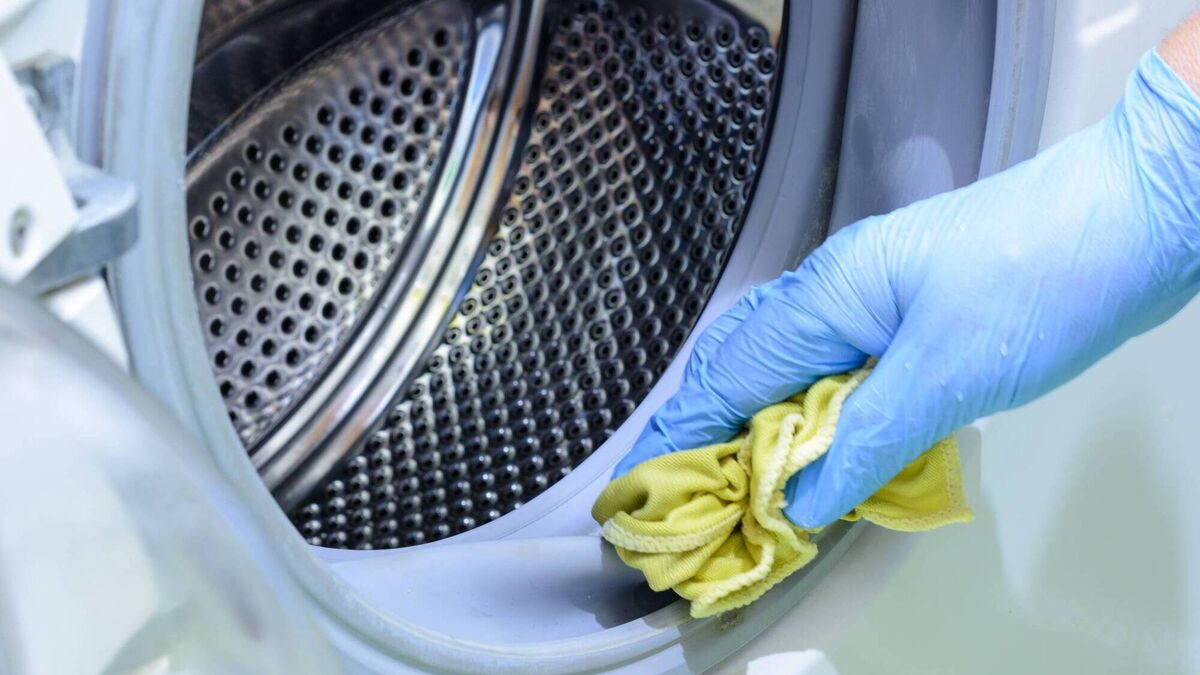
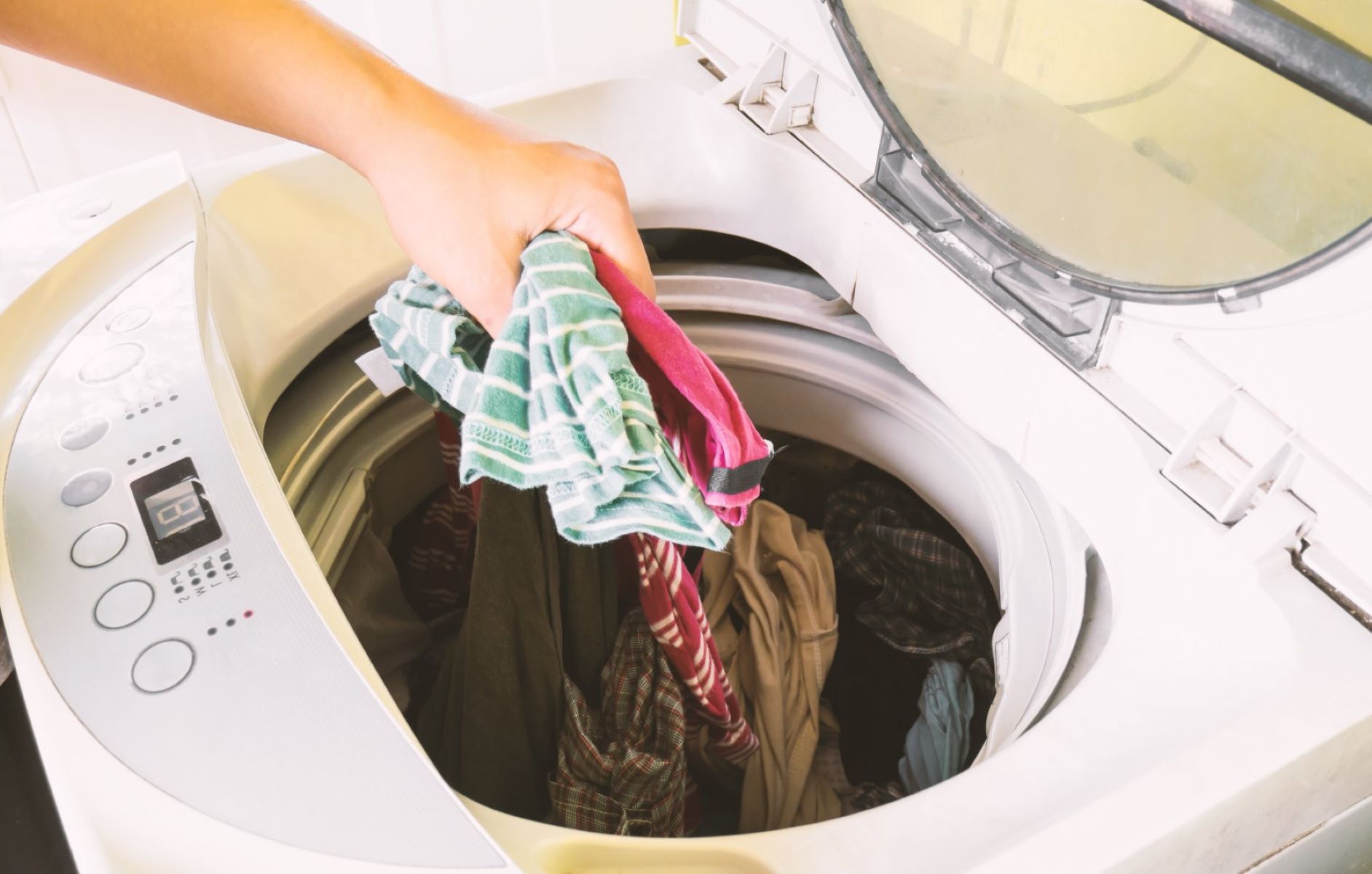
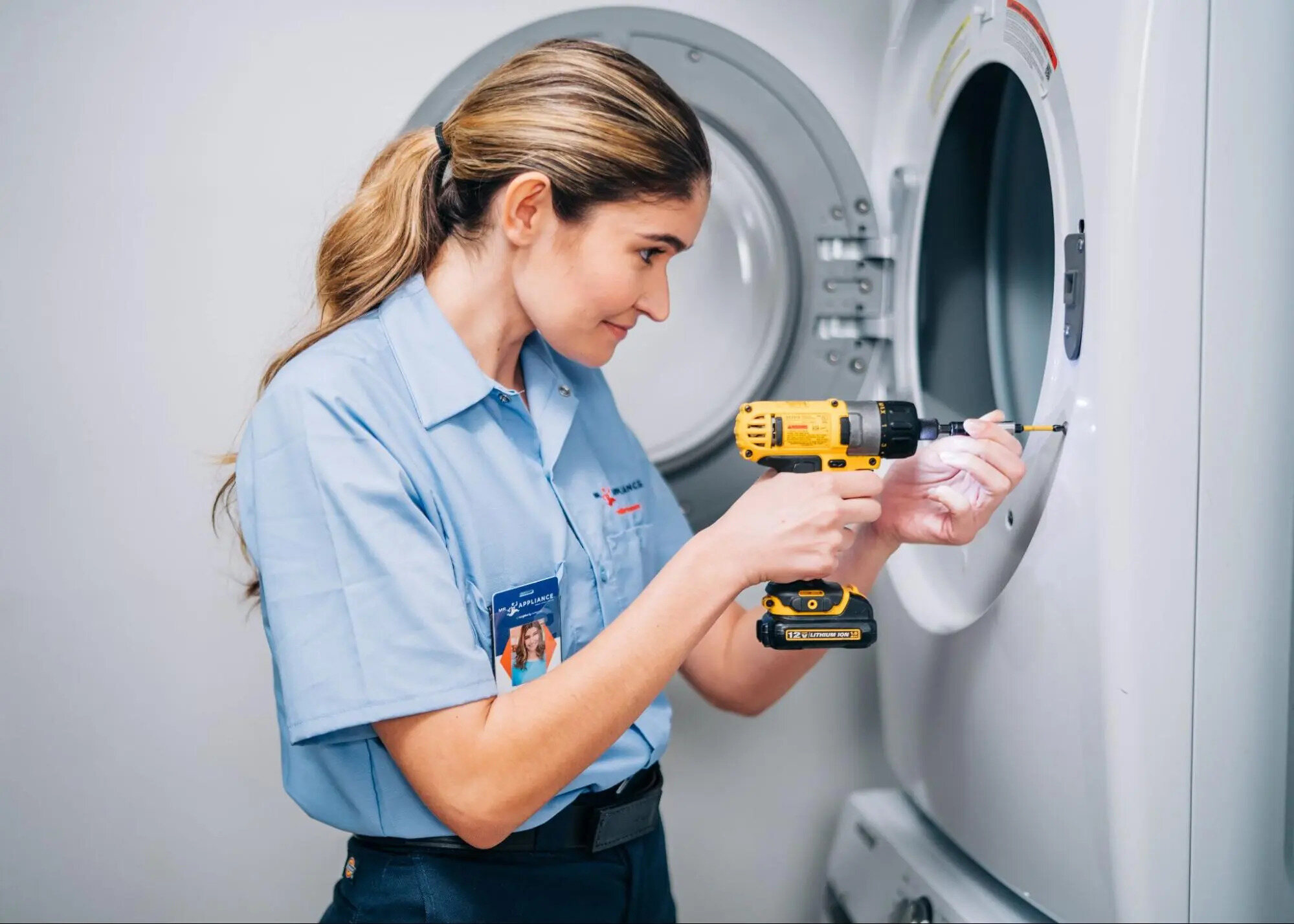


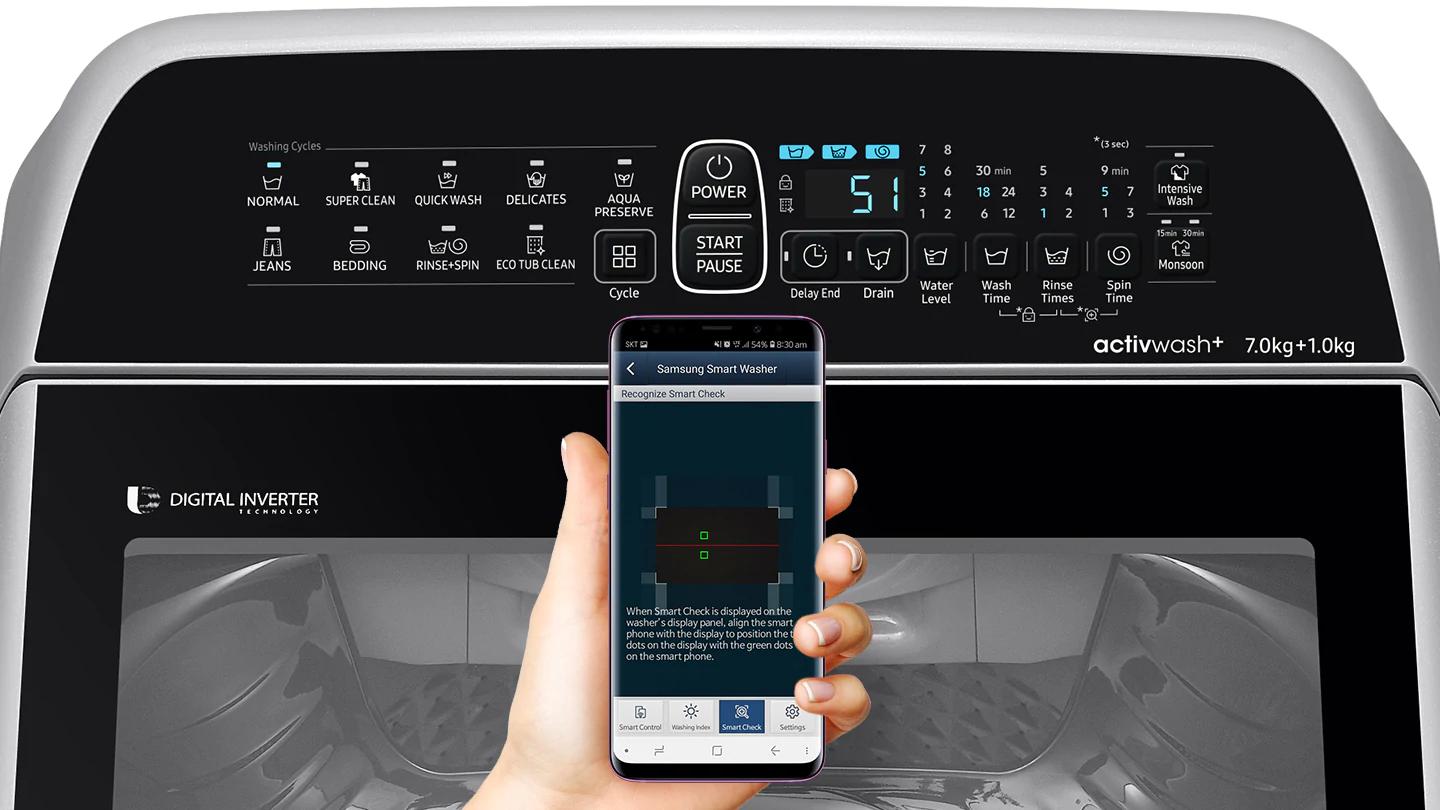


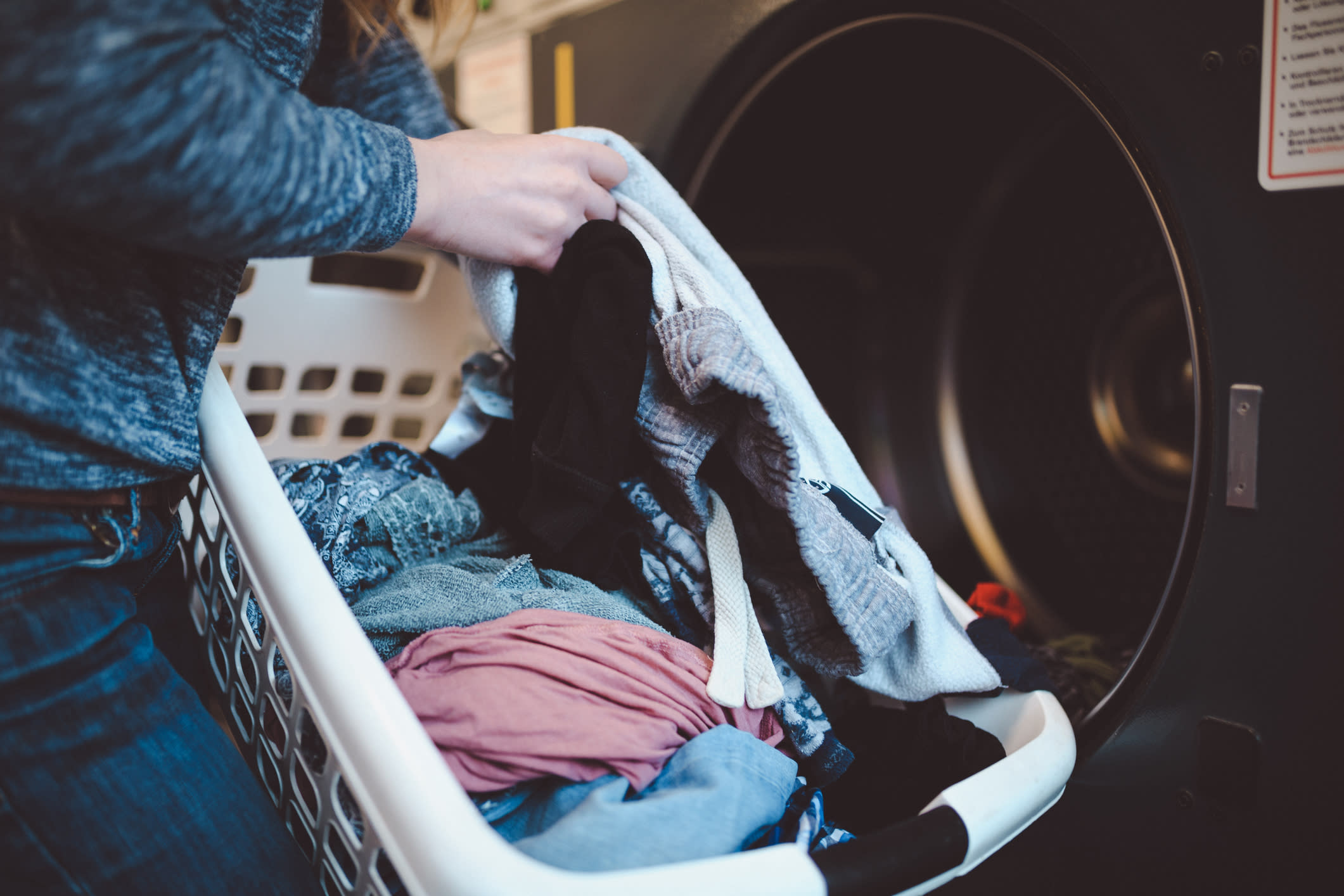
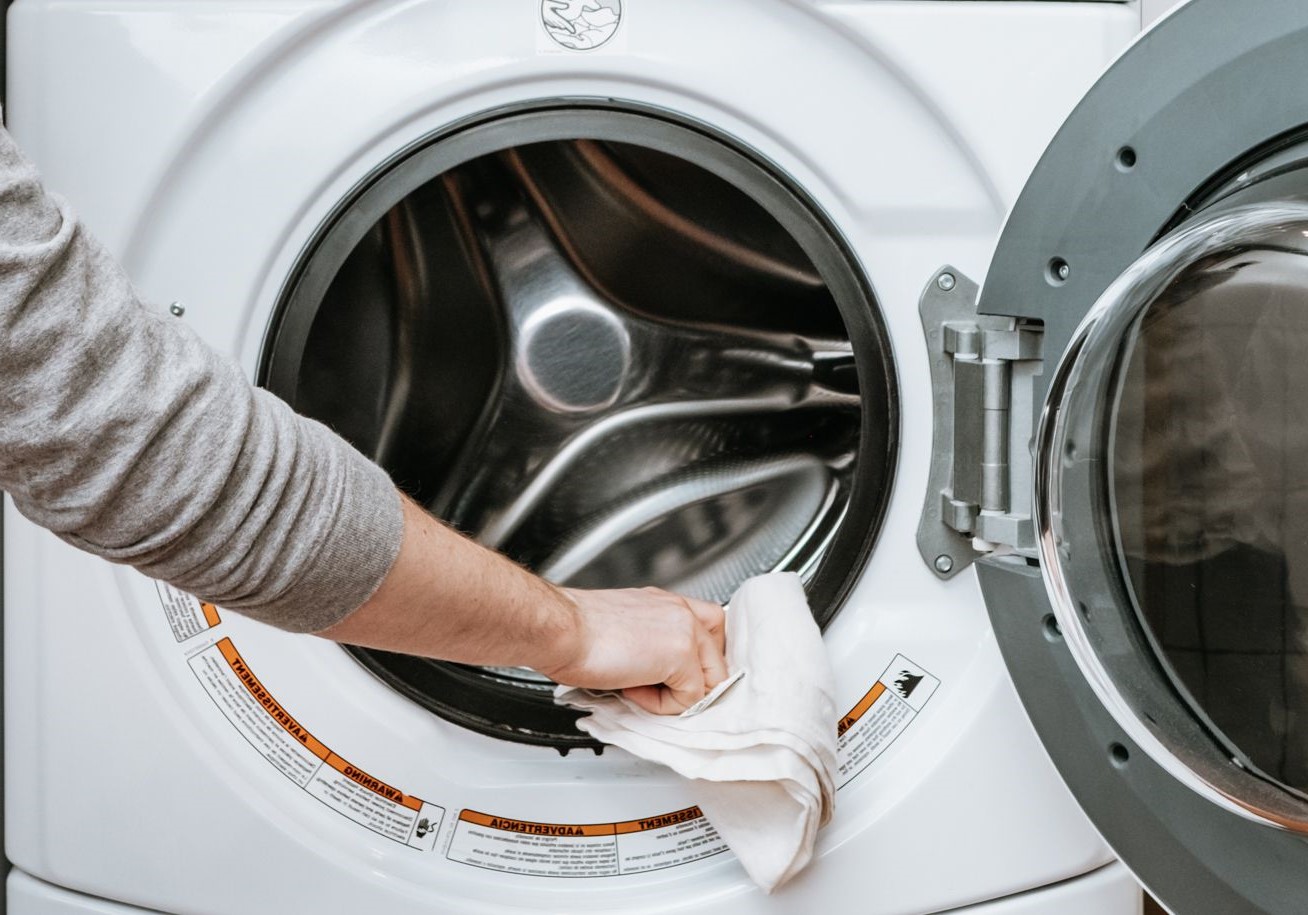
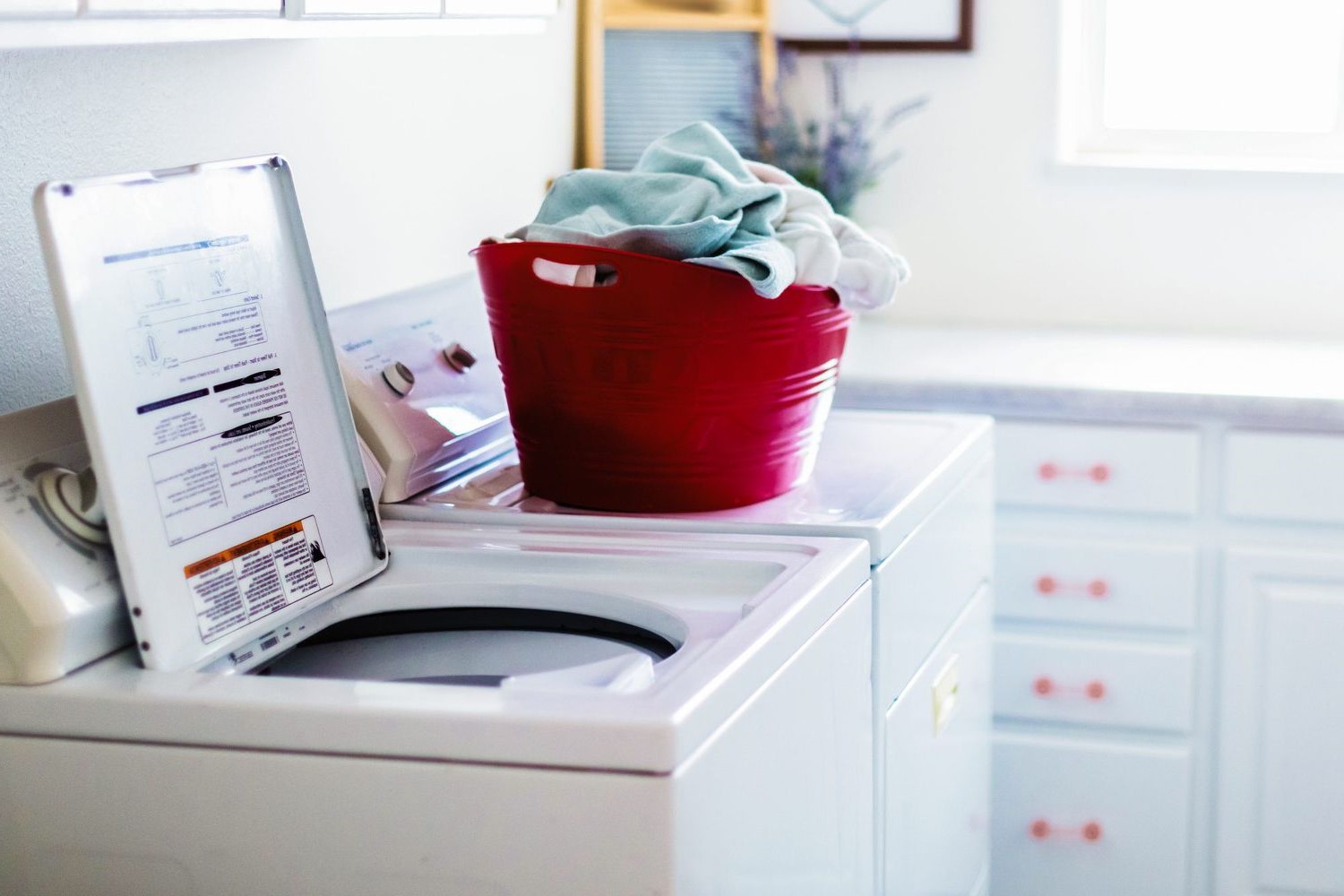
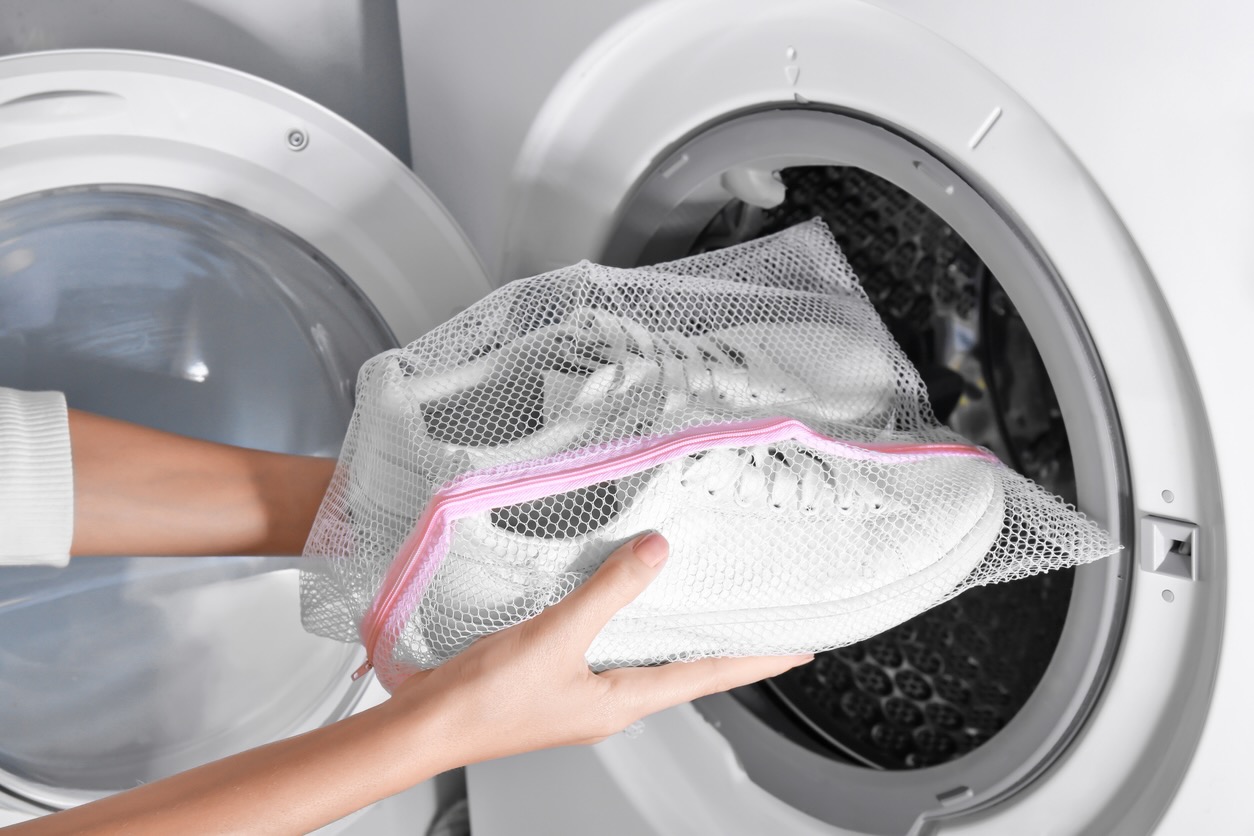

0 thoughts on “How Do I Deep Clean My Washing Machine?”